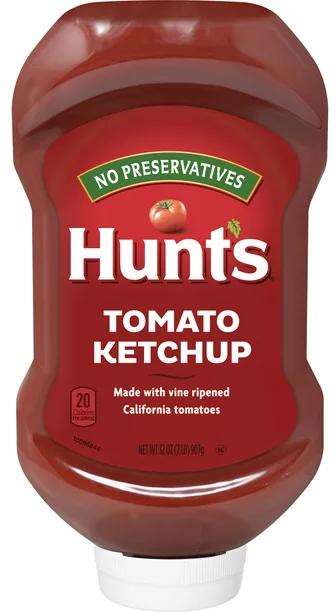Like you, I am tired of rising prices. At a local store, a dozen eggs cost $4.99.1 I remember when they were $0.99. Fortunately, we see signs of inflation relief. Unfortunately, this was just one domino in a series that began falling years ago and will likely continue.
When the economic crisis of 2008 hit, we were told that the only people smart enough to get us out of it were those who got us into it. Their solution was to save failing companies, lower interest rates, and buy bonds to push up investment prices.
The Federal Reserve (Fed) added around $1.3 trillion to the financial system in the first three months. Many feared a rise in inflation, and it never happened.
Printing money without negative consequences became normal, especially for the Fed. When the pandemic came, it made sense that the government would do it again. This time, it added around $9 trillion to the economy over two years–much sent directly to Americans. This time, it was too much. Spending increased dramatically, and prices followed.
Conagra, which makes Hunt’s ketchup, raised prices in all four quarters of 2022. Facing rising costs for materials and labor, it bumped prices by 8.6%, 13.2%, 14.3%, and finally, 17%. Americans just kept buying. Profit rose 38% from a year earlier. Now, there are signs that Conagra (and likely other companies) went too far. According to the CFO, David Marberger, consumers are tired of higher prices and are changing their shopping habits. Sales are dropping.2

Consumers have been surviving on savings and debt. In December, consumer spending fell by 1.1%. That is a drop of around $7 billion in sales. If January shows a similar decline, it will be meaningful and painful.
The Fed will not ignore high inflation. Last year, it began raising short-term interest rates at the fastest pace in 40 years. Bonds became less attractive and had perhaps their worst year ever. Stocks dropped as fear grew.
Inflation is coming down. At its peak in 2022, it was just over 9%, and it ended the year around 6.5%.
The Fed is not done. Its goal is to get prices stable enough that businesses can focus on what they do rather than on changing prices. The same goes for all Americans. The target is 2%. The Fed will slow the economy until it feels confident it has reached its goal.
Higher rates have caused new mortgages and car loan payments to nearly triple. One would think that everything would be falling. But it takes time for these dominos to fall. After all, most people will choose not to sell their home if they cannot get a “good price” for it.
I am watching employment. Weekly claims for new unemployment are reported each Thursday. National employment rates are typically released on the first Friday of the month. For now, employment is strong. If that changes, then we will have a recession.
Recessions bring challenges, especially for those without work. They are also a naturally occurring part of the economic cycle. There have already been six in my lifetime. Each is unique and offers lessons, especially to younger adults experiencing their first as independents.
Americans have always found a way to bounce back. In addition, if inflation comes down and stays down, the Fed will have the flexibility to help us out again. Let’s just hope it uses its powerful tools wisely.
Listen to a deep dive into high inflation on the Power Up Wealth podcast.
- Smiths.com, 1/18/2023.
- Jennifer Williams-Alvarez, “Conagra CFO Doesn’t See Need for Big Price Increases in Near Term, The Wall Street Journal, 1/12/2023.
All other data from the Federal Reserve Bank of St Louis. Investing involves risk, including the potential loss of principal. The S&P 500 index is widely considered to represent the overall U.S. stock market. One cannot invest directly in an index. Past performance does not guarantee future results. The opinions and forecasts expressed are those of the author and may not actually come to pass. Diversification does not guarantee results. This is not a recommendation to purchase any type of investment.





One Comment